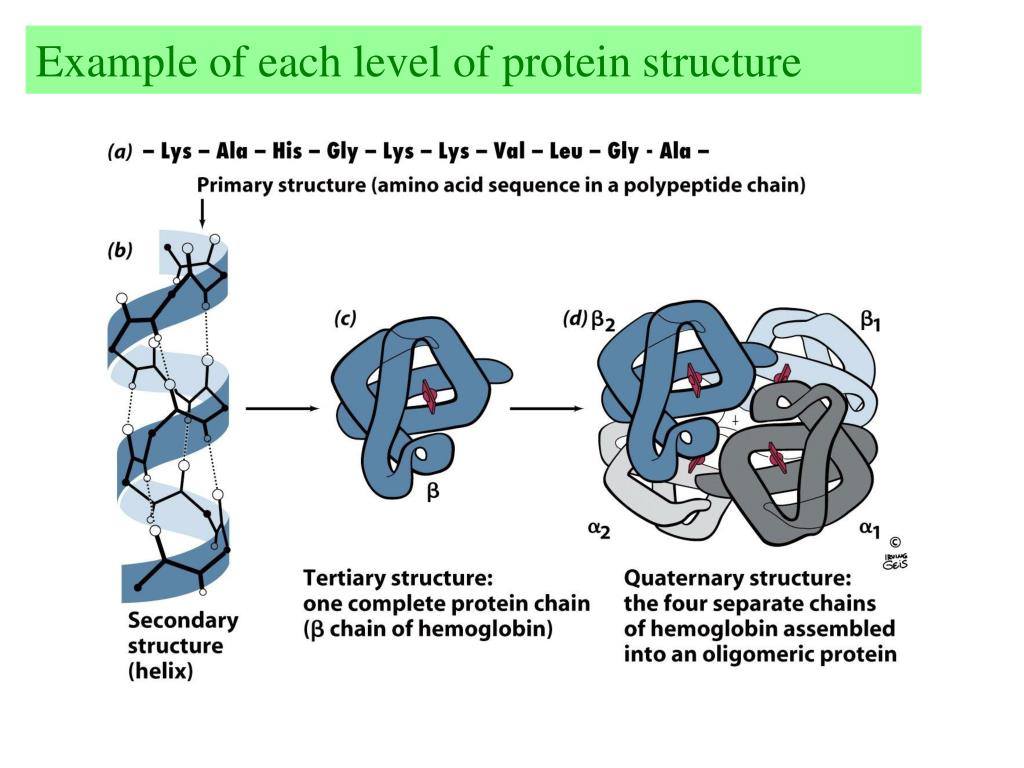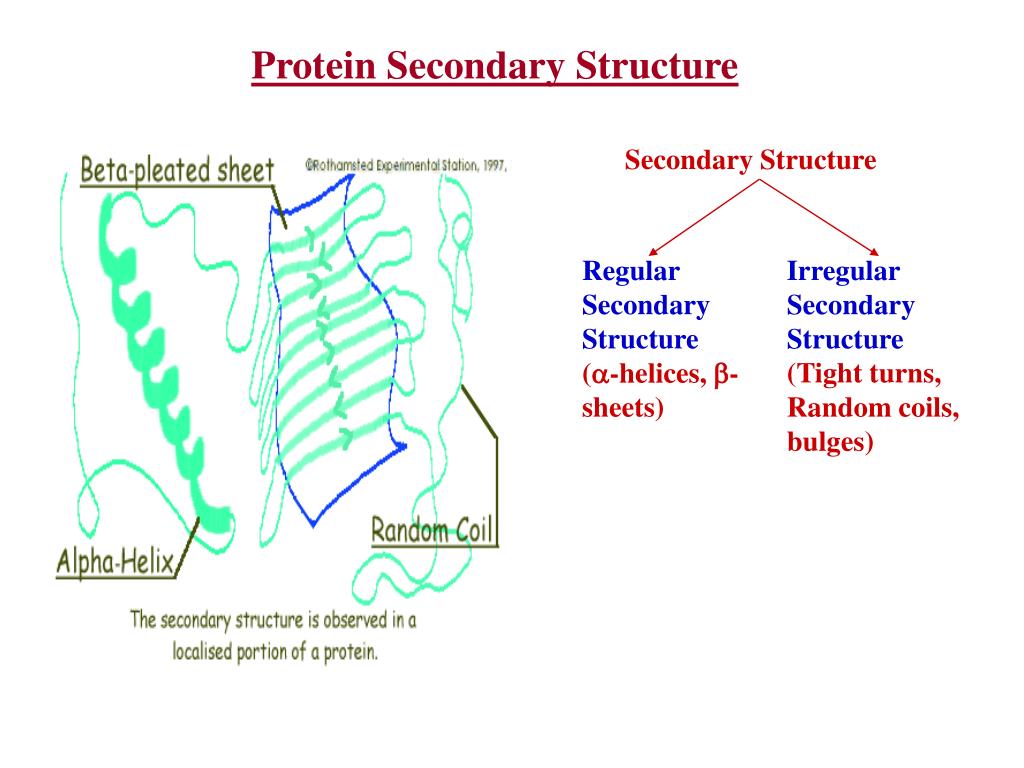

The funders had no role in study design, data collection and analysis, decision to publish, or preparation of the manuscript.Ĭompeting interests: The authors have declared that no competing interests exist. This is an open access article distributed under the terms of the Creative Commons Attribution License, which permits unrestricted use, distribution, and reproduction in any medium, provided the original author and source are credited.ĭata Availability: All relevant data are within the manuscript and its Supporting information files.įunding: This work was funded by the Ministry of Science and Technology (MOST), Taiwan ( ) with grant number NSC 101-2311-B-009-006-MY2 to WCL. Received: Accepted: JPublished: July 28, 2021Ĭopyright: © 2021 Chen et al. de Brevern, Université Paris Diderot, FRANCE Ĭitation: Chen T-R, Juan S-H, Huang Y-W, Lin Y-C, Lo W-C (2021) A secondary structure-based position-specific scoring matrix applied to the improvement in protein secondary structure prediction. To facilitate the application and integration of the SSE-PSSM with modern SSP methods, we have established a web server and standalone programs for generating SSE-PSSM available at. If this PSSM can be integrated into state-of-the-art SSP methods, the overall accuracy of SSP may break the current restriction and eventually bring benefit to all research and applications where secondary structure prediction plays a vital role during development. Preliminary tests made by combining the SSE-PSSM and well-known SSP methods showed 2.0% and 5.2% average improvements in three- and eight-state SSP accuracies, respectively. This new PSSM can be easily combined with the amino acid PSSM, and the improvement in accuracy was remarkable. In all experiments, the proposed PSSM outperformed the traditional amino acid PSSM. The feasibility of this new PSSM was evaluated by rigid independent tests with training and testing datasets sharing <25% sequence identities. A secondary structure element-based position-specific scoring matrix (SSE-PSSM) is proposed, based on which a new set of machine learning features can be established. This work thus took a step back by manipulating the input features. There have been many admirable efforts made to improve the machine learning algorithm for SSP. With a vision of moving forward all related fields, we aimed to make a fundamental advance in SSP.

Protein secondary structure prediction (SSP) has a variety of applications however, there has been relatively limited improvement in accuracy for years.


 0 kommentar(er)
0 kommentar(er)
